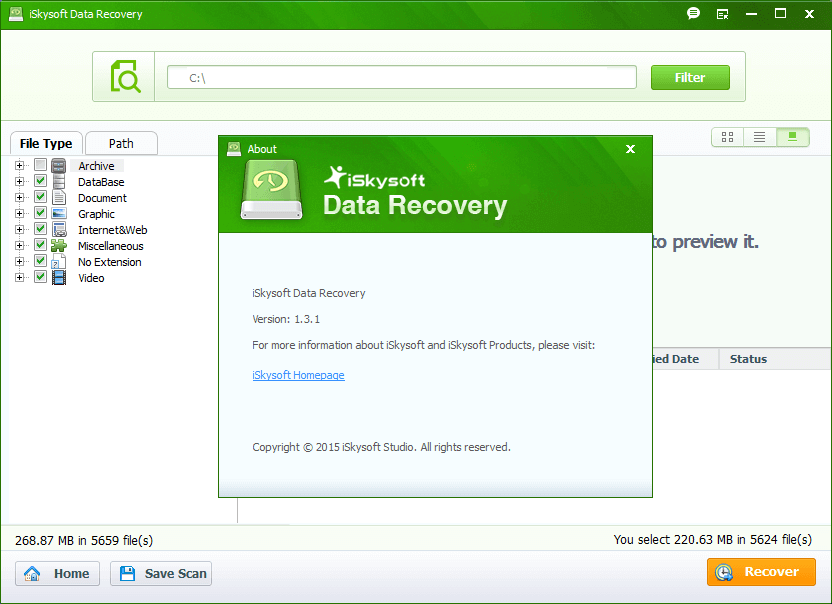

- #DOWNLOAD A DISK UTILITY FOR WINDOWS THAT WILL ALSO FORMAT MAC HARD DRIVES IN ITS NATIVE FORMAT MAC OS X#
- #DOWNLOAD A DISK UTILITY FOR WINDOWS THAT WILL ALSO FORMAT MAC HARD DRIVES IN ITS NATIVE FORMAT INSTALL#
- #DOWNLOAD A DISK UTILITY FOR WINDOWS THAT WILL ALSO FORMAT MAC HARD DRIVES IN ITS NATIVE FORMAT PASSWORD#
- #DOWNLOAD A DISK UTILITY FOR WINDOWS THAT WILL ALSO FORMAT MAC HARD DRIVES IN ITS NATIVE FORMAT DOWNLOAD#
This will be the most compatible option for reading an Ext2 or Ext3 drive, but will also require you use a common filesystem format (ie, FAT32) as a transfer intermediary between the Linux and OS X installations.Ī second approach is to use a virtual machine package as an interface to a Linux installation.
#DOWNLOAD A DISK UTILITY FOR WINDOWS THAT WILL ALSO FORMAT MAC HARD DRIVES IN ITS NATIVE FORMAT INSTALL#
If you have a secondary drive in your system or have partitioned your primary drive, you can install Linux to this drive and dual boot your computer. Since the Linux OS will be the most compatible option for reading such a drive format, the first methods include simply installing Linux and using it as the filesystem management interface: There are several approaches that can be taken to manage Ext2 and Ext3 filesystems in OS X. In addition to those who might wish to dual boot OS X with Linux and manage files in both environments, there are those who might simply have an Ext2- or Ext3-formatted external drive that they need to read on their OS X systems. Apple discussion poster " rcb4" asks: "I was wondering since I want to dual boot Linux and OS X, putting each respective OS on their own smaller partition and creating a large /home partition for all my data" While Apple's cross-platform support is provided primarily for compatibility with Windows systems, there are instances when people may wish to use Linux disks with their Mac systems. While this support does allow a decent amount of flexibility in what disks can be handled by OS X, it does leave out support for some popular alternatives such as the ext2 and ext3 formats used in Linux. However, to increase cross-platform support Apple has included support for several other filesystem types, including FAT32, UDF, UFS, and NTFS (in read only mode), in addition to several networking filesystem protocols such as AFP, NFS, and SMB.
#DOWNLOAD A DISK UTILITY FOR WINDOWS THAT WILL ALSO FORMAT MAC HARD DRIVES IN ITS NATIVE FORMAT MAC OS X#

#DOWNLOAD A DISK UTILITY FOR WINDOWS THAT WILL ALSO FORMAT MAC HARD DRIVES IN ITS NATIVE FORMAT DOWNLOAD#
Use the App Store or a web browser to download and install an earlier macOS.Use the App Store to download and install the latest macOS.You can also use these methods to install macOS, if the macOS is compatible with your Mac: If the Mac logic board was just replaced, you may be offered only the latest macOS that is compatible with your Mac. If you just erased your entire startup disk, you may be offered only the macOS that came with your Mac, or the closest version still available.Otherwise you're offered the macOS that came with your Mac, or the closest version still available. If you use Option-Command-R during startup, in most cases you're offered the latest macOS that is compatible with your Mac. On an Intel-based Mac: If you use Shift-Option-Command-R during startup, you're offered the macOS that came with your Mac, or the closest version still available.When you install macOS from Recovery, you get the current version of the most recently installed macOS, with some exceptions: When the new owner starts up the Mac, they can use their own information to complete setup. If you're selling, trading in, or giving away your Mac, press Command-Q to quit the assistant without completing setup. Your Mac might restart and show a progress bar several times, and the screen might be empty for minutes at a time.Īfter installation is complete, your Mac might restart to a setup assistant. Allow installation to complete without putting your Mac to sleep or closing its lid.If the installer offers you the choice between installing on Macintosh HD or Macintosh HD - Data, choose Macintosh HD.If the installer doesn't see your disk, or it says that it can't install on your computer or volume, you might need to erase your disk first.
#DOWNLOAD A DISK UTILITY FOR WINDOWS THAT WILL ALSO FORMAT MAC HARD DRIVES IN ITS NATIVE FORMAT PASSWORD#
If the installer asks to unlock your disk, enter the password you use to log in to your Mac.Select Reinstall macOS from the utilities window in macOS Recovery, then click Continue and follow the onscreen instructions.įollow these guidelines during installation:


 0 kommentar(er)
0 kommentar(er)
